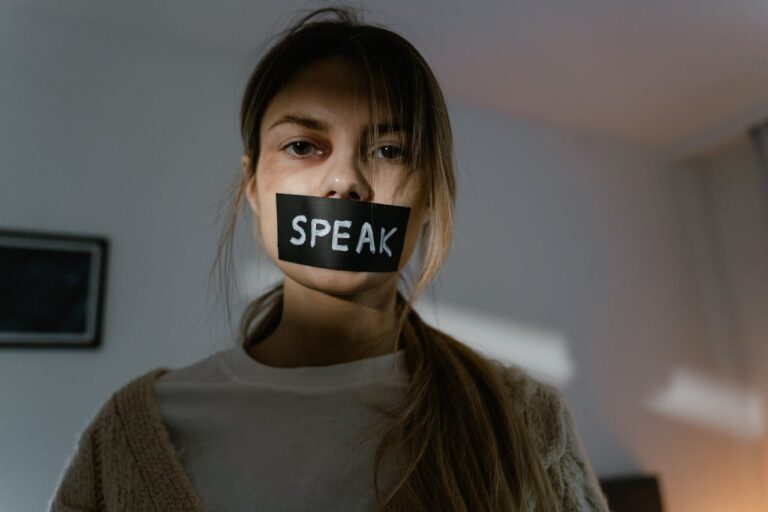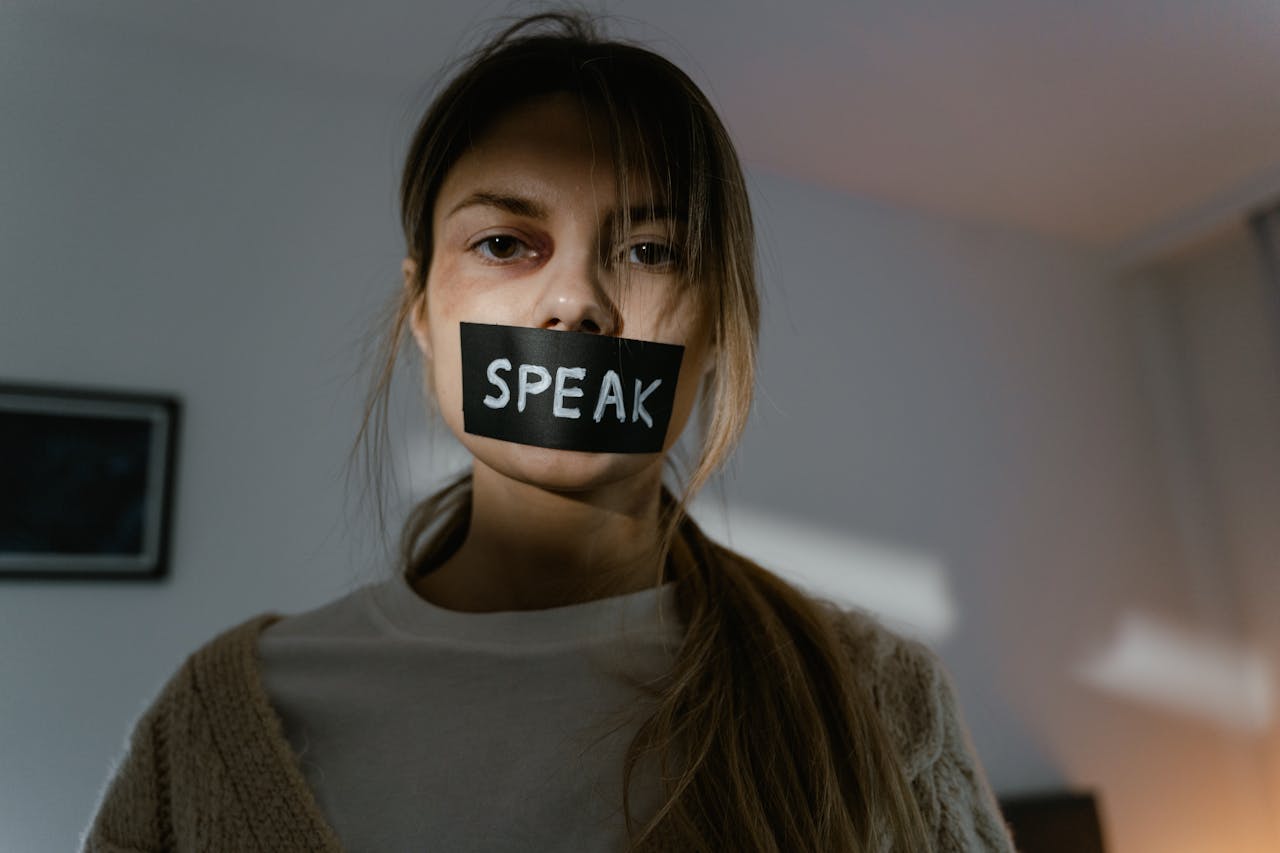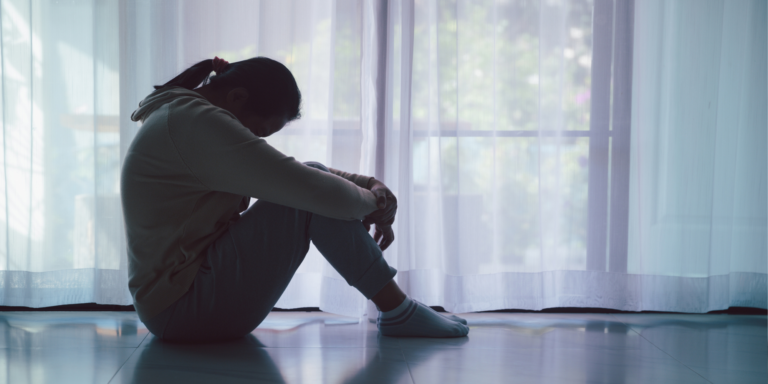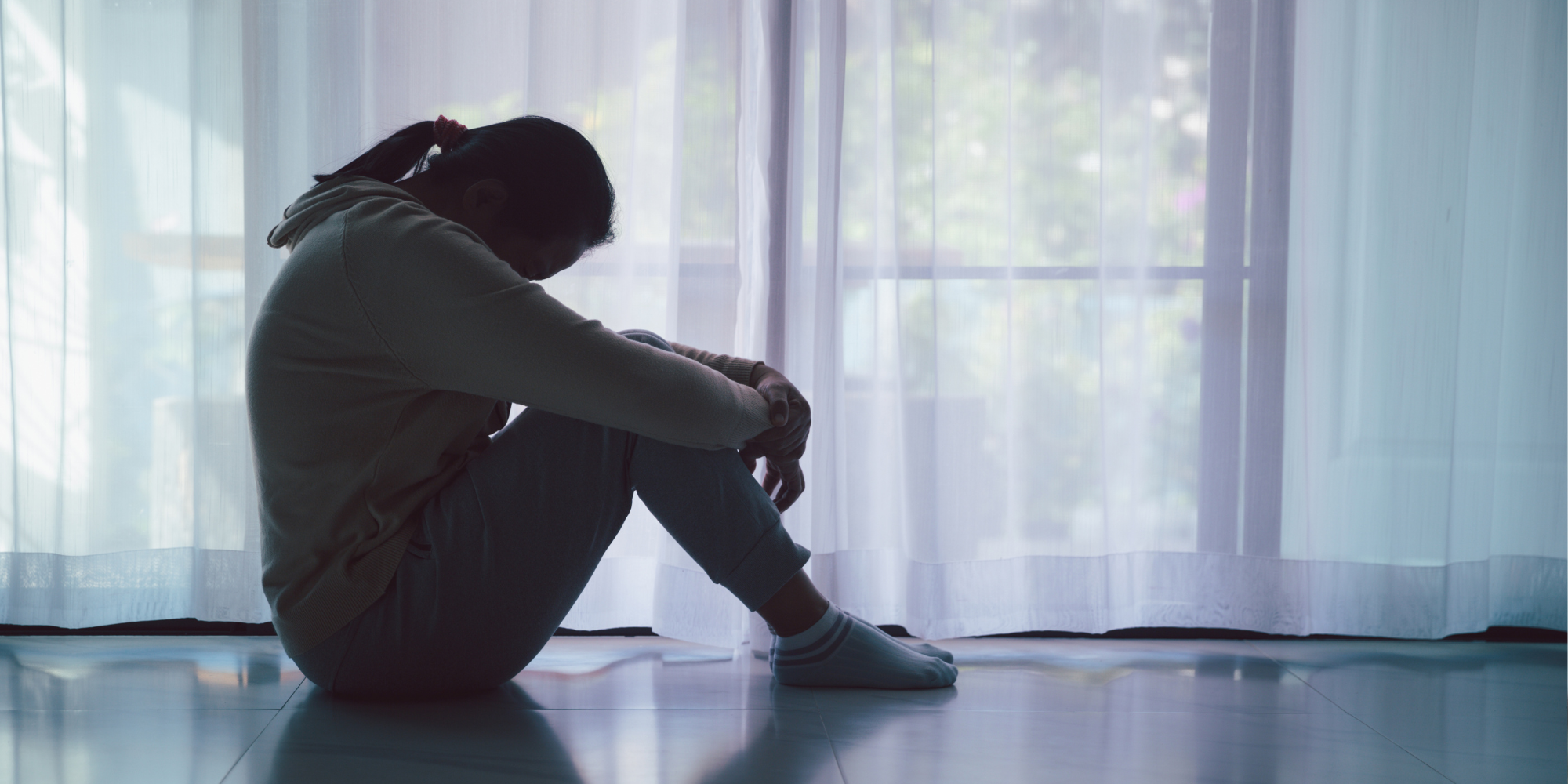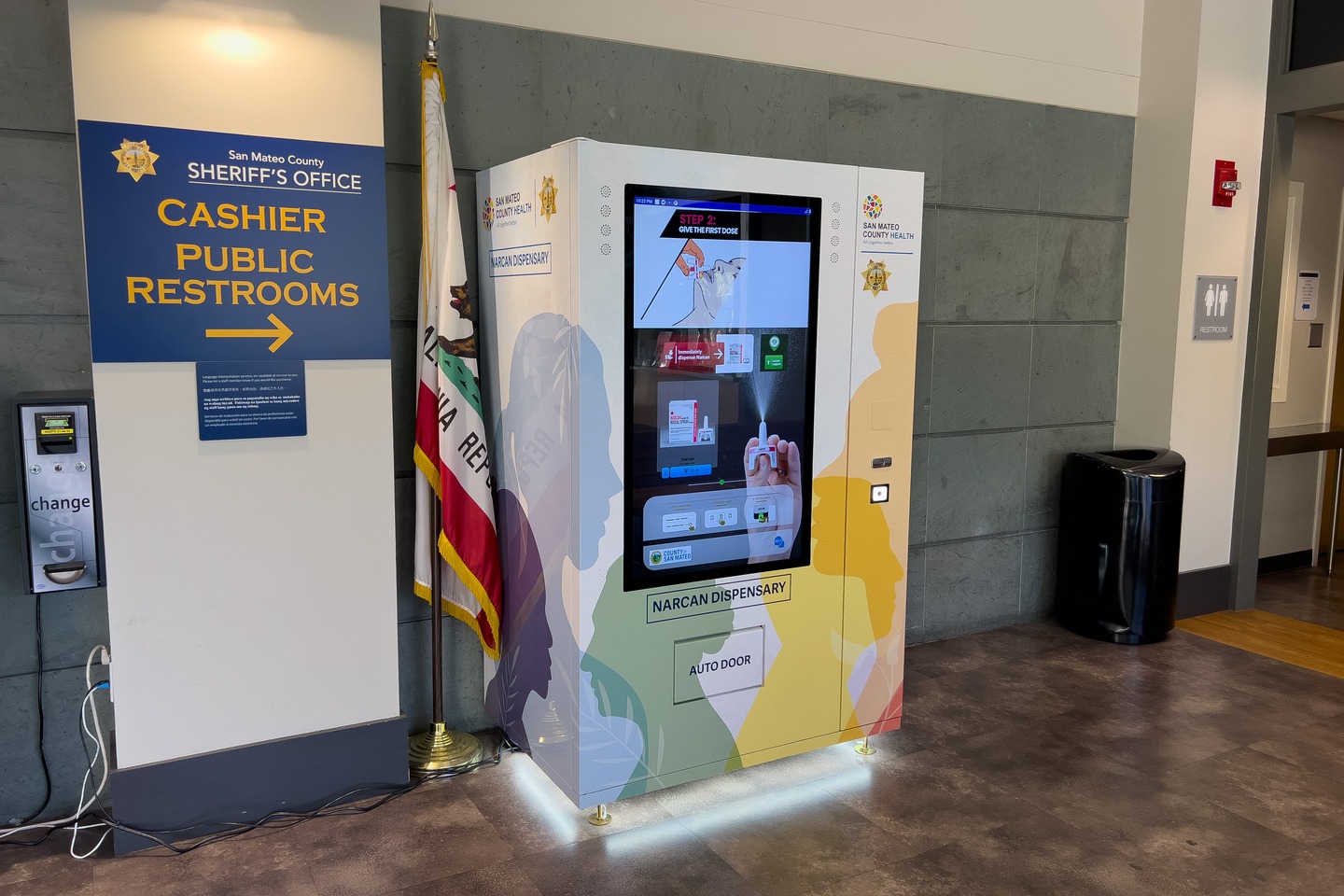
Listen to this note:
El gobierno de México, a través de su cancillería, informó que seis personas fallecieron y nueve más resultaron heridas en un accidente vehicular la madrugada del sábado 18 de mayo, donde un automóvil impactó una camioneta en la que viajaban trabajadores agrícolas hacia su lugar de trabajo.
Del lamentablemente accidente, siete personas permanecen hospitalizadas, pero estables, y dos han sido dadas de alta, precisó la Ministry of Foreign Affairs of Mexico (SRE) in a statement.
De acuerdo con información brindada por las autoridades mexicanas, ante la noticia, el Consulado de México en Boise se puso en contacto con las autoridades del estado de Idaho para determinar la nacionalidad e identidad de las personas.
Y fue hasta este martes que la Oficina de la Policía Estatal de Idaho compartió la información, donde se confirmó que todos los afectados son de nacionalidad mexicana, portadoras de visas H2A.
El Consulado contactó a la empresa Sigmet Farms Services, responsable de la contratación de los trabajadores, así como a abogados, para otorgar la asesoría y el acompañamiento correspondientes, subrayó.
En ese sentido, apuntó que las autoridades de los gobiernos estatales han sido notificadas de lo acontecido y se estará en coordinación para las gestiones que se pudieran requerir.
“La representación consular dará seguimiento puntual al traslado de las personas fallecidas a sus lugares de origen de México, y a la investigación por parte de la Policía Estatal de Idaho y de autoridades laborales”, subrayó la cancillería.
“El Gobierno de México reitera que la protección de las personas mexicanas en el exterior es prioritaria en su política exterior, especialmente aquéllas que enfrentan situaciones de vulnerabilidad como los y las trabajadoras agrícolas H2A en Estados Unidos de América”, agregó.
De igual manera, expresó que se estará analizando las herramientas legales y diplomáticas para garantizar el pleno respeto y defensa de sus derechos humanos y laborales, buscando reforzar el marco jurídico que regula sus condiciones de vida y trabajo, para que incidentes de esta naturaleza sean investigados a cabalidad, y que se asignen las responsabilidades y penalidades correspondientes.
“La Secretaría de Relaciones Exteriores lamenta profundamente el fallecimiento de los seis connacionales y transmite sus condolencias a las familias afectadas, brindándoles la asistencia y protección consular que sean necesarias. Se reforzarán las acciones de asistencia consular y protección preventiva para salvaguardar la integridad de las personas que trabajan en ese país bajo este esquema de movilidad laboral”, finalizó.
Cabe destacar que, tan solo 4 días de este terrible accidente, 8 trabajadores agrícolas tambien perdieron la vida en un accidente vehicular, en el condado de Marion, Florida.
La cancillería informó que el miércoles 15 de mayo, el Departamento de Protección del Consulado de México en Orlando, estableció contacto con los familiares de las ocho víctimas para confirmar la lamentable noticia de los decesos.
En ese momento, dijo, se les informó que el consulado les brindaría todo el apoyo necesario para la repatriación de los restos de sus familiares, la posible obtención de un permiso humanitario para viajar a Estados Unidos y, en su momento, la orientación en materia legal para una posible indemnización.
COMUNICADO. “Se brinda asistencia y protección consular a víctimas del accidente vehicular en Idaho Falls, Idaho”.
La madrugada del sábado 18 de mayo un vehículo impactó una camioneta en la que viajaban trabajadores agrícolas hacia su lugar de trabajo. Lamentablemente, seis… pic.twitter.com/lsmUS6wGGA
— Foreign Affairs (@SRE_mx) May 21, 2024
Para el 16 de mayo, el equipo del Departamento de Protección visitó el HCA Florida Ocala Hospital, donde se entrevistó a seis connacionales que se encontraban aún internados debido a sus lesiones; se confirmó que ninguno está en estado crítico, pero uno permanece en terapia intensiva.
Asimismo, se visitó nuevamente el hotel en la ciudad de Gainsville para entrevistar a las personas que habían sido dadas de alta por el hospital.
De igual manera, las autoridades mexicanas dijeron que se había establecido contacto con el ajustador del seguro de la compañía en la que laboraban los y las trabajadoras, Prescint National, quien confirmó que se encargarán de cubrir todos los gastos funerarios para el traslado de los restos de los fallecidos.
La Patrulla de Carreteras de Florida (FHP, por sus siglas en inglés) entregó una actualización de la lista oficial de las personas que viajaban en el autobús, confirmando que iban a bordo 43 hombres y dos mujeres, lo que da un total de 45.
You may be interested in: Providing health care to immigrants on California’s “last frontier”








